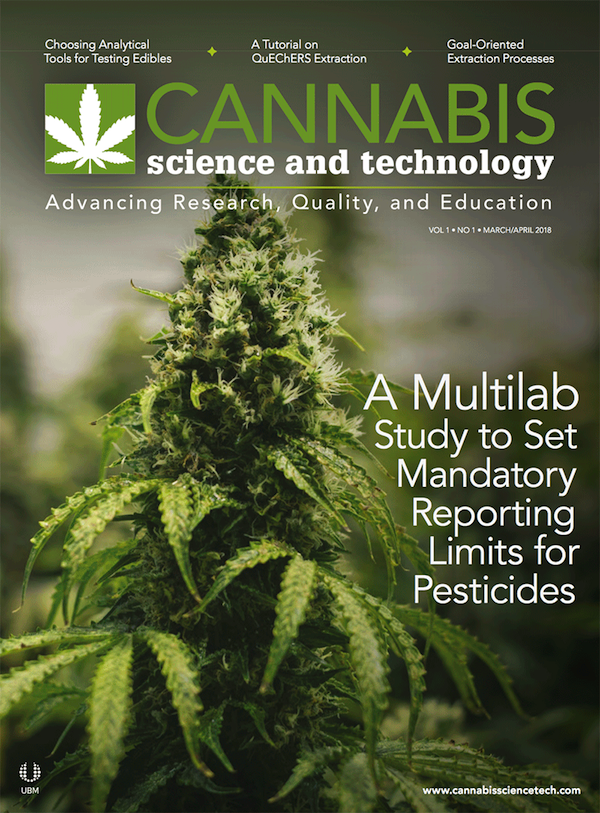Empowering the Cannabis Consumer in a Rapidly Expanding Global Market
The overproliferation of cannabis strains following the establishment of cannabis-complicit states in the United States has led to confusion and resulted in a lack of transparency for the consumer at
the dispensary.
As various states in the United States are starting up cannabis programs one by one with little cooperation or standardization, entire countries are doing so with efficiency at the same pace. Globally, about 2.25% of the population consumes cannabis. Both medical and recreational cannabis make up a multibillion-dollar global industry. Lawful cannabis programs have already been implemented in Canada, Mexico, the United Kingdom, the Netherlands, Australia, Germany, Italy, Israel, Poland, the Czech Republic, Uruguay, Peru, South Africa, and other countries, regardless of global drug policy. Most of these countries regulate cannabis as a medicine. Israel in particular is at least 10 years ahead of the United States in instituting standardization in the production and extraction of cannabis for clinical trials leading to patented drug products in line to gain approval from the US Food and Drug Administration (FDA) and entry into the lucrative prescription drug market in the United States. Cannabis companies stateside need to play catch up to gain market share, starting with distinguishing the staggering number of cannabis strains being grown.
The overproliferation of cannabis strains following the establishment of cannabis-complicit states in the United States has led to confusion and resulted in a lack of transparency for the consumer at the dispensary. In Washington state alone, more than 39,000 cannabis strains are being grown. Further confounding the situation for the recreational cannabis consumer and patient is the sole reliance placed on tetrahydrocannabinol (THC) content to establish the inherent value of flower rather than taking the entirety of the pharmacologically active chemoprofile of the plant into account. Both state regulators and cannabis testing laboratories can help relieve the growing uncertainty. Regulators should institute broader chemical profiling, genotyping, and mandatory cannabis cultivar registration with specific criteria required before ever growing the cultivar. And those cannabis testing laboratories that go beyond simply quantifying cannabinoid potency and quality assurance are in a unique position to demystify cannabis strains through expanded chemometrics, genotyping, and consumer education. Both approaches are aimed to give cannabis consumers more confidence in what they are purchasing. On the upside, findings indicate that cannabis consumers are willing to pay a premium for genotyped, authenticated flower.
Because the vast majority of cannabis being grown in the United States is a Type I drug-type defined as having a cannabidiolic acid-tetrahydrocannabinolic acid (CBDA:THCA) ratio of <0.5, various efforts have been underway to make sense of cannabis strain names through the use of data analytics on broader cannabis flower chemoprofiles. It turns out that cannabis terpenoids not only imbue pharmacologically important attributes, but uniquely provide a basis for a secondary nomenclature after established cannabinoid content. We, and others, have shown that while unique terpenoid chemoprofile patterns exist and can be assigned to a cannabis cultivar, the absolute amounts of any given terpenoid can be influenced by genetic, epigenetics, environmental, and cultivation factors.
The self-inflicted confusion within the United States cannabis industry is an opportunity to demonstrate ingenuity against the rapidly maturing global cannabis industry, where outdoor growing costs are a fraction of the indoor energy intensive grows here. Throwing out unnecessary impediments is a priority, starting with nonstandard strain naming in favor of the agronomic and horticultural practice of registered “cultivar” names based on full genome sequencing and broad chemometrics to allow for consistent, reproducibly effective comparisons within the United States cannabis industry and enable trademarking or patenting of specific cultivars. As the industry rapidly evolves toward big agriculture versus boutique cannabis growers, cannabis cultivar authentication will be a key to success and keeping market share in the United States.
Cindy Orser, PhD, is the Chief Science Officer with Digipath Labs in Las Vegas, Nevada. Direct correspondence to: cindy@digipath.com

Purification and Isolation of Cannabinoids: Current Challenges and Perspectives
The current challenges and future perspectives of the purification of cannabinoids from cannabis extracts are presented in this review article.
Clone Nutrient Treatment Studies During Root Propagation on Various Strains of Cannabis sativa
Here the authors present findings from their study involving six different nutrient treatments applied during the cloning cycle for approximately 500 plants. This paper focuses on the observed benefits in this study involving the use of an amino acid and salt solution using food-grade precursors.